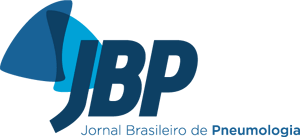The main objectives of tuberculosis therapy are to cure the patients and to minimize the possibility of transmission of the bacillus to healthy subjects. Adverse effects of antituberculosis drugs or drug interactions (among antituberculosis drugs or between antituberculosis drugs and other drugs) can make it necessary to modify or discontinue treatment. We briefly review the new guidelines for the pharmacological treatment of tuberculosis, introduced by the Brazilian National Ministry of Health in 2009, and describe the general mechanism of action, absorption, metabolization, and excretion of the first-line drugs used in the basic regimen. We describe adverse drug reactions and interactions (with other drugs, food, and antacids), as well as the most appropriate approach to special situations, such as pregnancy, breastfeeding, liver failure, and kidney failure. We also describe the mechanisms by which the interactions among the antituberculosis drugs used in the basic regimen can cause druginduced hepatitis, and we discuss the alternatives in this situation.
Tuberculosis; Drug interactions; Antibiotics, antitubercular; Pharmacologic actions; Drug toxicity; Drug-induced liver injury

